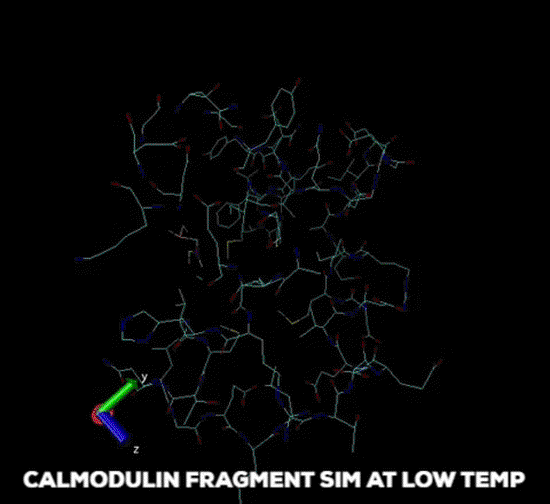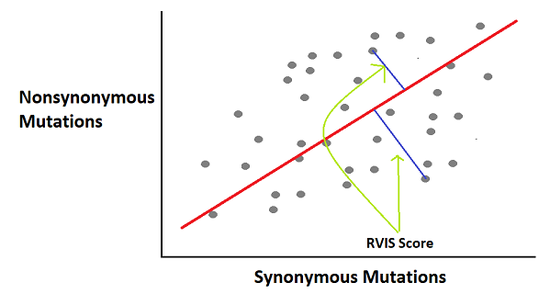Biography
I am a Data Analyst and researcher in the Systems Neuroscience and Pain Laboratory at the Stanford University School of Medicine. My educational background is in biomedical computation and engineering, and I have experience working in in a variety of fields and research laboratories from clinical informatics with electronic health records to single-cell data analysis and image processing. Currently, I develop machine learning pipelines for finding patterns in EHR to improve patient care, and work on electronic data capture (EDC) tools to improve research infrastructure (among other projects).
I completed my Master of Science (M.S.) in Biomedical Informatics at Stanford University School of Medicine, and I received my Bachelor’s of Science (B.S.) in Biomedical Computation from the Stanford University School of Engineering. My research interests include biomedical data mining, developing tools to improve bio-imaging, and creating novel machine learning algorithms for the biomedical research space.
While I was an undergraduate, I was a member of Stanford’s NCAA Division I wrestling team, I tutored chemistry courses for underclassmen, and I led Stanford Pre-Orientation Trips (SPOT) for incoming freshmen. I currently help out as an assistant coach for the local high school and middle school wrestling teams, and I enjoy outdoor activities in my spare time. My long term goal is to attend a medical school dual degree program to earn a MD-PhD and continue my explorations in the patient-centered bioinformatics space.
Interests
- Clinical Data Mining
- Federated Computing
- Computational Biology
- Bioimaging
- Language (French, Spanish)
Education
-
MS in Biomedical Informatics, 2018
Stanford University School of Medicine
-
BS in Biomedical Computation, 2018
Stanford University School of Engineering



